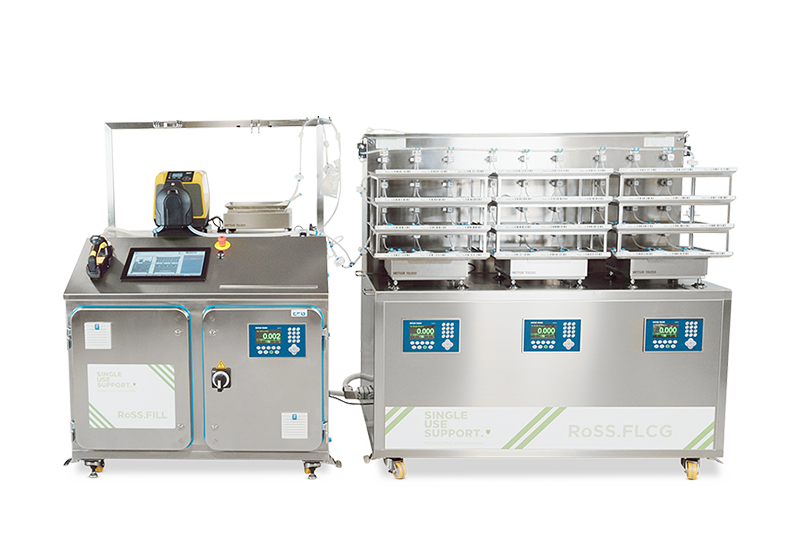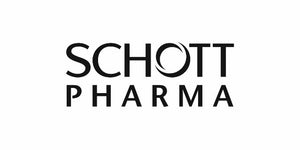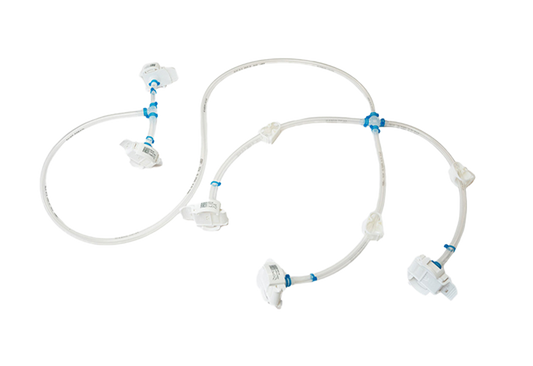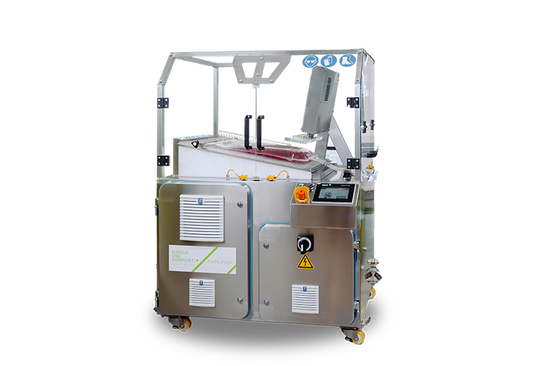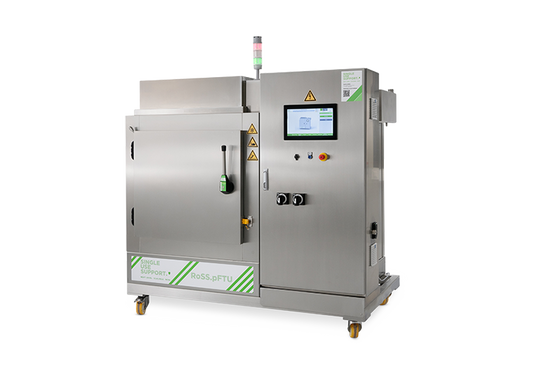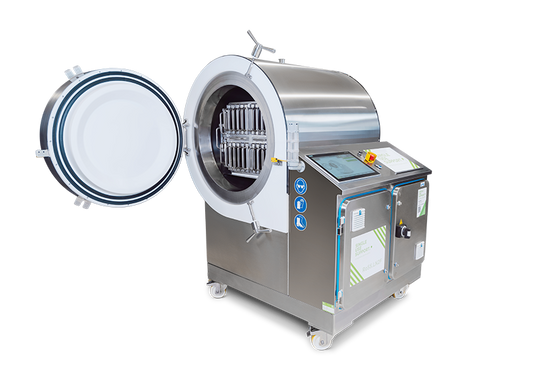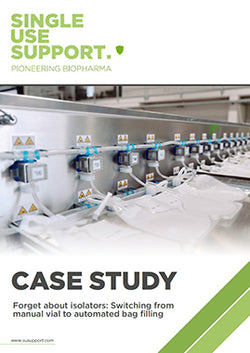
Download case study
Case study: RoSS.FILL - Forget about isolators
Advanced sealing pinch valves
GMP compliant to fulfill high standards in CGT production
Downloads
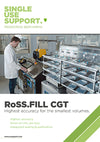
Datasheet: RoSS.FILL CGT
Please fill out the form below to download this file.

Datasheet: RoSS.FILL CGT

Whitepaper: RoSS.FILL - Automated aseptic filling
Please fill out the form below to download this file.

Whitepaper: RoSS.FILL - Automated aseptic filling

